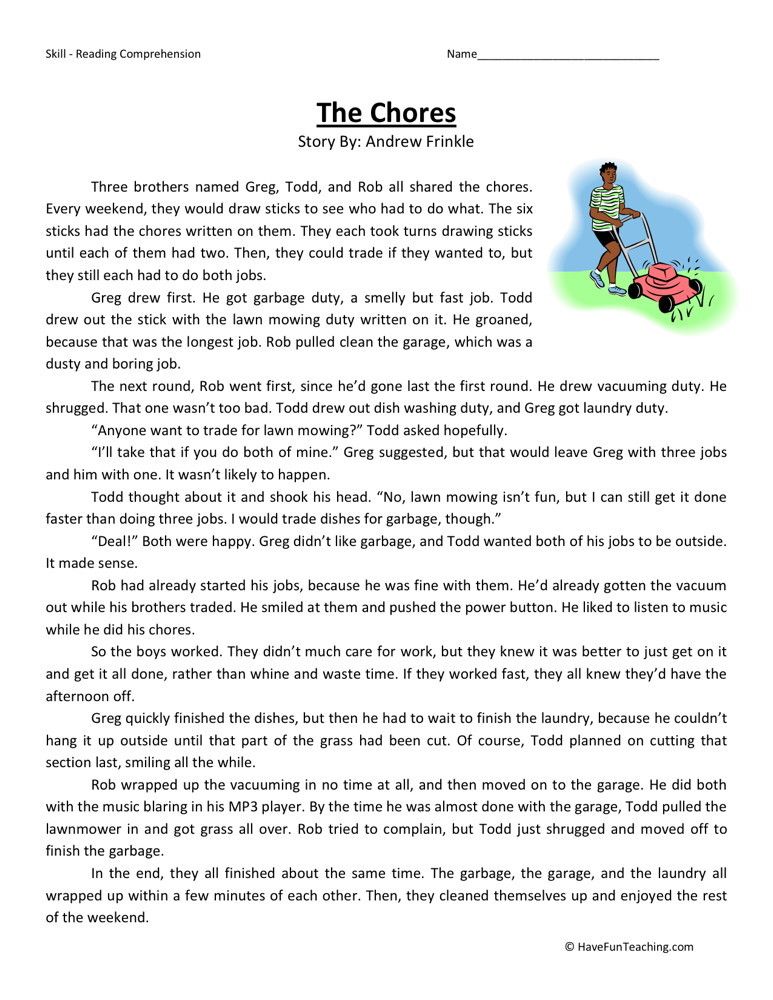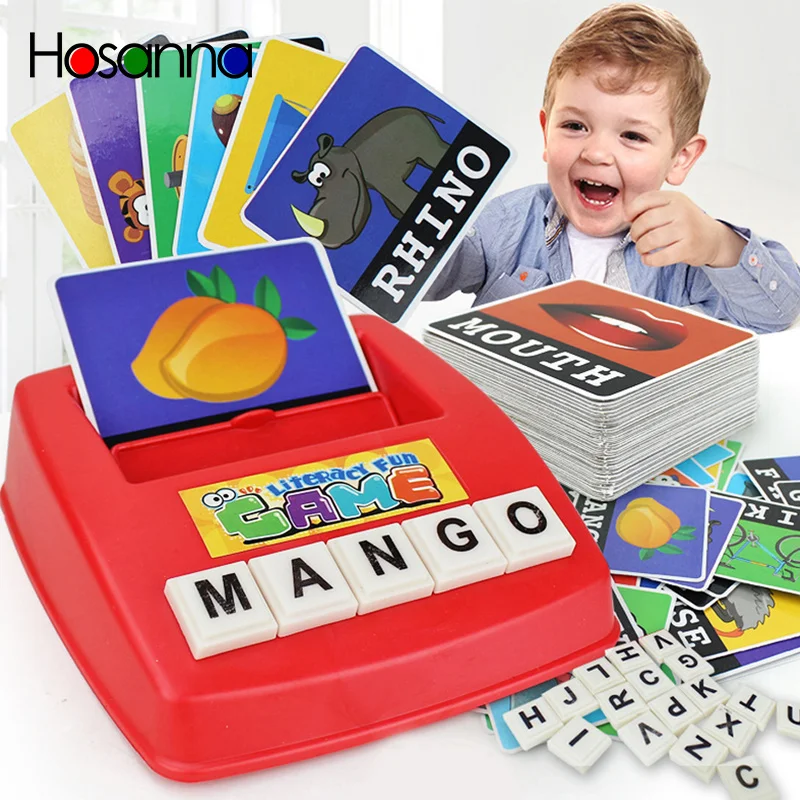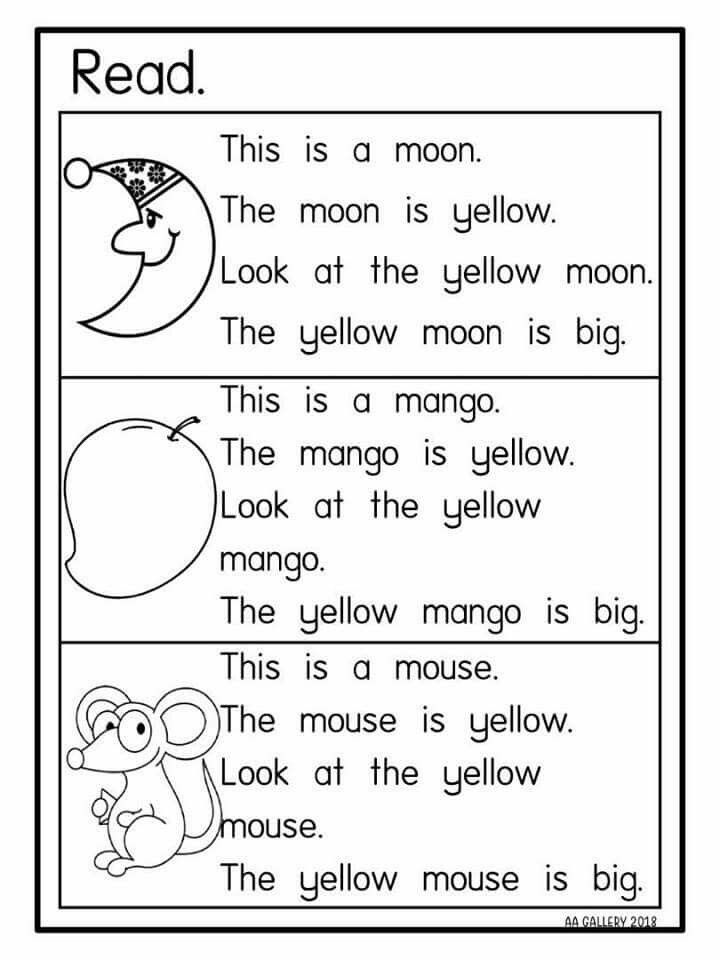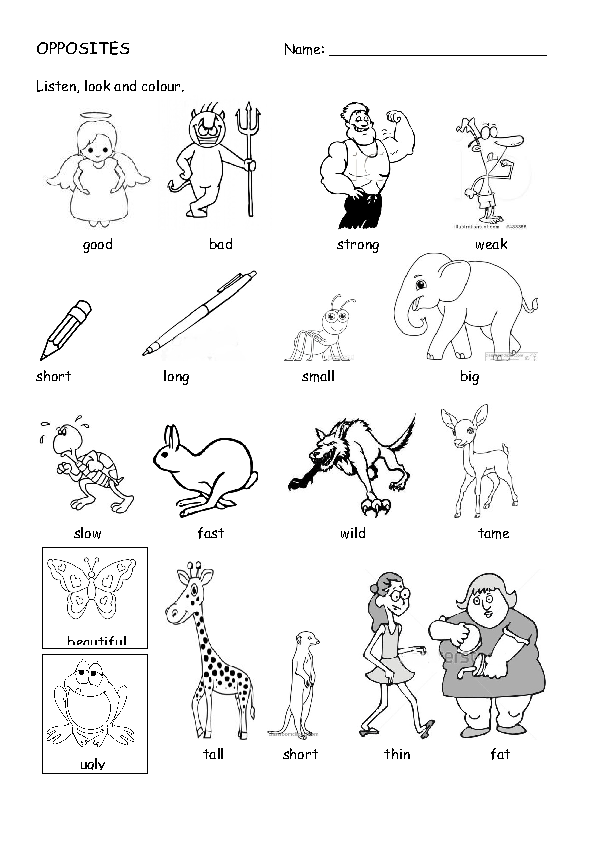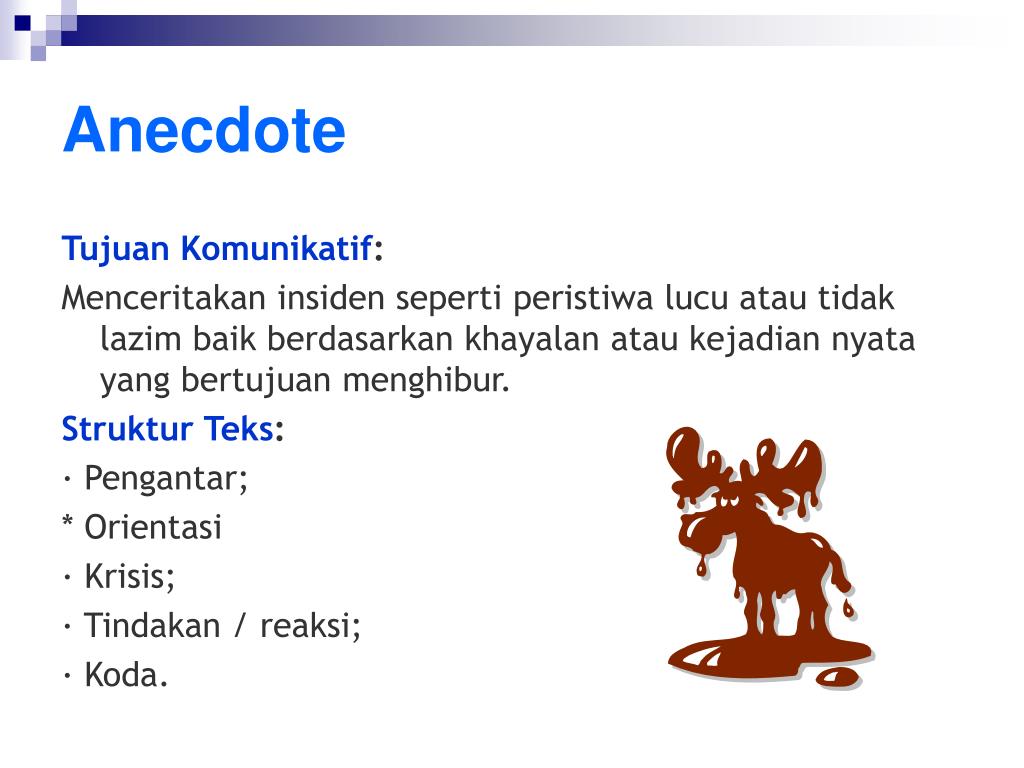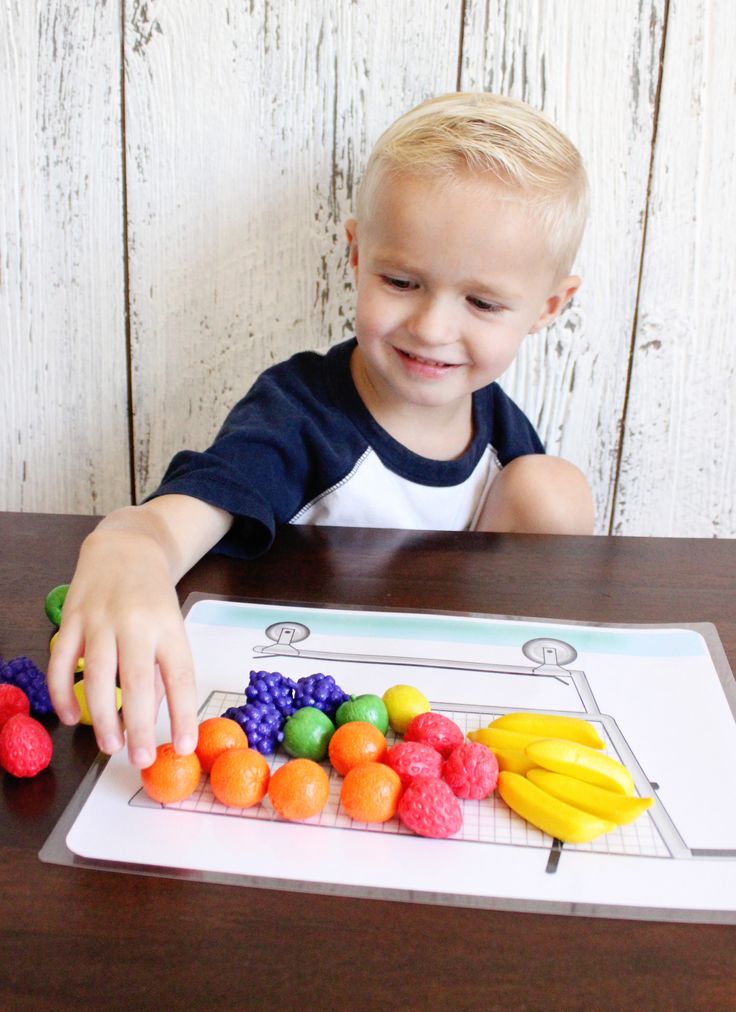Rock n learn reading comprehension
Rock 'N Learn - Sight Words Level 1 DVD
Roll over image to zoom in Click on image to zoom
Save $-19.99
SKU: BO-ROLE-RL211
Share this product
Sight words are the most frequently used words in children's literature, and this DVD helps students read them automatically. As a supplement to phonics-based strategies, Rock 'N Learn Sight Words boosts reading and spelling skills. Children learn over 60 sight words through engaging characters, entertaining songs, and fun practice and words are presented in context to help build reading comprehension. Includes all pre-primer Dolch words, the top 20 from Fry's, and more. A bonus section allows learners to practice the words in isolation, focusing on word shapes as well as spelling each word.
Pre-k & up. Approx. 50 minutes
After receiving many requests for a sight words DVD, Rock 'N Learn created a highly entertaining DVD to help learn beginning sight words. Featuring exciting animation, Rock 'N Learn Sight Words holds the attention of young learners through humorous dialogue, catchy songs, and solid instruction. To develop Sight Words, we worked with reading specialists—actual classroom teachers with combined teaching of over 50 years. These teachers are well trained and highly experienced to know what actually works when helping kids learn to read.
Often we hear the recommendation from educators that sight words need to be taught not only in isolation but also within a meaningful context to develop understanding and reading comprehension. This becomes even more important for children who are learning a new language or are experiencing frustration. With this program for example, when children learn "up" and "down," these words are taught in the context of seeing objects or characters moving up and down.
Another example of contextual learning from Sight Words DVD occurs in the section "Look, See, Find." Children practice a simple but fun dance that helps them associate actions with these words.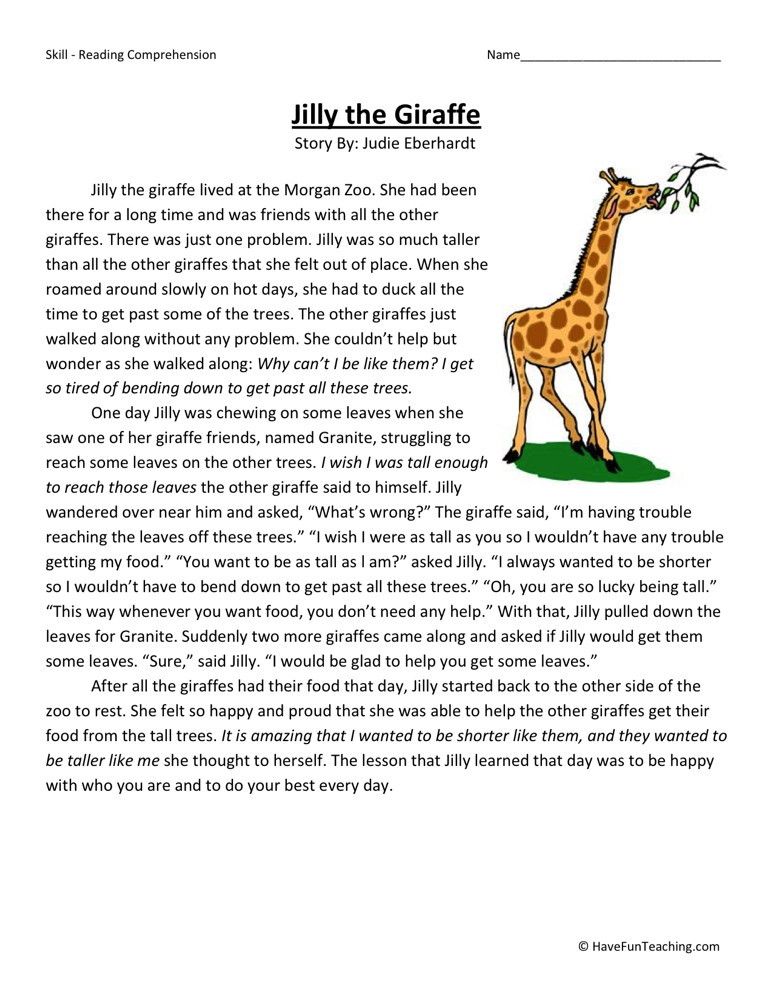 In our focus groups, children loved performing these movements and singing right along with the Sight Words DVD. To get the most from this program, we recommend that your child watch the DVD again and again. A fun, entertaining video like Rock 'N Learn Sight Words will likely become one of your child's favorites. Kids love joining in with the engaging characters and singing these songs, reading the words, and participating. Soon, your child will be reading more than 60 beginning sight words quickly and automatically.
In our focus groups, children loved performing these movements and singing right along with the Sight Words DVD. To get the most from this program, we recommend that your child watch the DVD again and again. A fun, entertaining video like Rock 'N Learn Sight Words will likely become one of your child's favorites. Kids love joining in with the engaging characters and singing these songs, reading the words, and participating. Soon, your child will be reading more than 60 beginning sight words quickly and automatically.
With our Sight Words DVD, children also get practice reading words in simple sentences and stories. This helps learners make a solid connection between the sight words and their meaning. Rock 'N Learn Sight Words DVD is designed to be effective at home or in the classroom, with individuals or groups. A supporting website offers free, supplemental activities.
On the DVD, one bonus section helps students focus on the shape of each word and practice spelling it. Another bonus section provides kids with insight into the pronunciation of "t-h-e," something that even a lot of the adults on our development team found fascinating.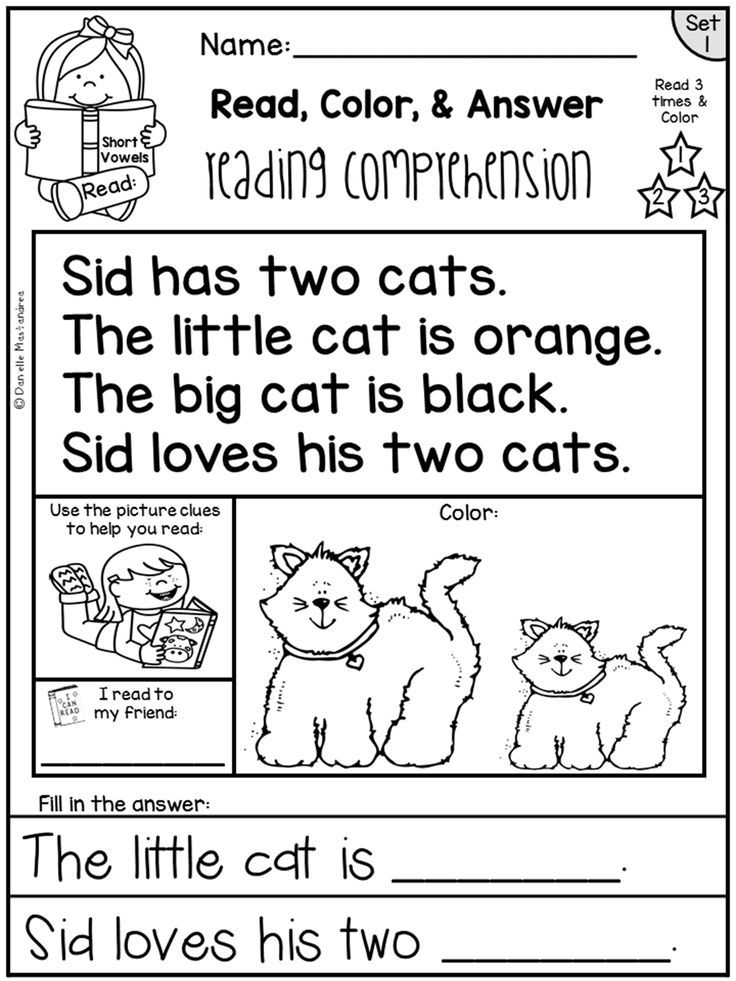
We're confident you will not find a better DVD to help your child or class learn sight words. It's perfect for learners of all ages, both young beginners and older kids with remedial or special needs. This DVD is a fun and interactive way for children with autism to learn.
In the News — Rock 'n' Read Project
Ann C. Kay, Co-founder & Education Coordinator, Rock 'n' Read Project
Sadly, it's time for another round of the "blame game" about Minnesota's literacy problems. Although we've been aware of the gaping gap in reading proficiency for decades, nothing has solved it. The overwhelming majority are not proficient in reading, according to the National Assessment of Educational Progress. Is there any hope? Yes! We need to enable children's brains from prenatal on. This does not mean pushing 2-year-olds to read. A substantial body of neuroscientific research has found that auditory processing is the key to language and literacy, and singing and music-making are the primary means of developing it.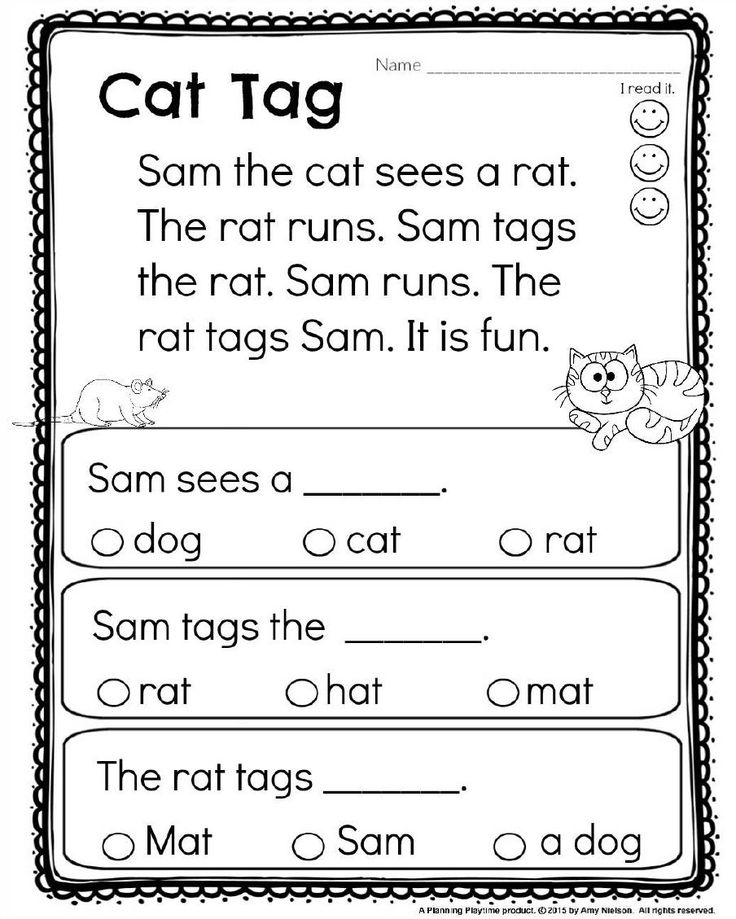 See the Auditory Neuroscience Lab at Northwestern University and the report “Music for Every Child” from the Ann and Gordon Getty Foundation. Babies who are sung to become better at processing speech and learn language earlier. Toddlers who are rocked and bounced to a steady beat develop beat synchronization — children who cannot keep a steady beat will most likely struggle with reading. It's not too late for K-5 students to develop auditory processing, memory and beat synchronization using songs and singing games to practice letter sounds, sight words, vocabulary and fluency. The Rock 'n' Read Project is proposing the Zap the Gap Campaign, a statewide initiative to communicate the science and disseminate singing strategies. Join us!
See the Auditory Neuroscience Lab at Northwestern University and the report “Music for Every Child” from the Ann and Gordon Getty Foundation. Babies who are sung to become better at processing speech and learn language earlier. Toddlers who are rocked and bounced to a steady beat develop beat synchronization — children who cannot keep a steady beat will most likely struggle with reading. It's not too late for K-5 students to develop auditory processing, memory and beat synchronization using songs and singing games to practice letter sounds, sight words, vocabulary and fluency. The Rock 'n' Read Project is proposing the Zap the Gap Campaign, a statewide initiative to communicate the science and disseminate singing strategies. Join us!
Tiffany Renando has made huge gains in reading with her first-graders at Bancroft this school year. 69% of her students were reading below grade level at the beginning of the school year, with many knowing very few Fry sight words in September. Tiffany notes that Fry’s sight words are words that occur frequently in text. The first 10 sight words make up 24% of all written material and the first 100 make up 50% of all written material. Tiffany wanted to ensure that her students had a solid foundation of understanding of these sight words, which are the basis for reading comprehension for years to come.
Tiffany notes that Fry’s sight words are words that occur frequently in text. The first 10 sight words make up 24% of all written material and the first 100 make up 50% of all written material. Tiffany wanted to ensure that her students had a solid foundation of understanding of these sight words, which are the basis for reading comprehension for years to come.
The strategies that she was using at the beginning of the school year, like memorization, repetitive practice, or movement and pictures, weren’t helping her kids in their reading comprehension as she had hoped. She also notes that there is no curriculum for teaching sight words at MPS and this is what her students needed support with.
Motivated by a desire to help her kids increase their reading comprehension, Tiffany tapped into her students’ interests. “My kids like singing and I wanted to see how I could make it academic,” she said. So she signed up for the ProPay course, “Want to Teach Reading and Math? Try Singing!”* This course provides teachers with strategies to cross-train the brain to raise achievement in reading and math through singing, playing games and using the Affirming Parallel Concepts (APC) strategy.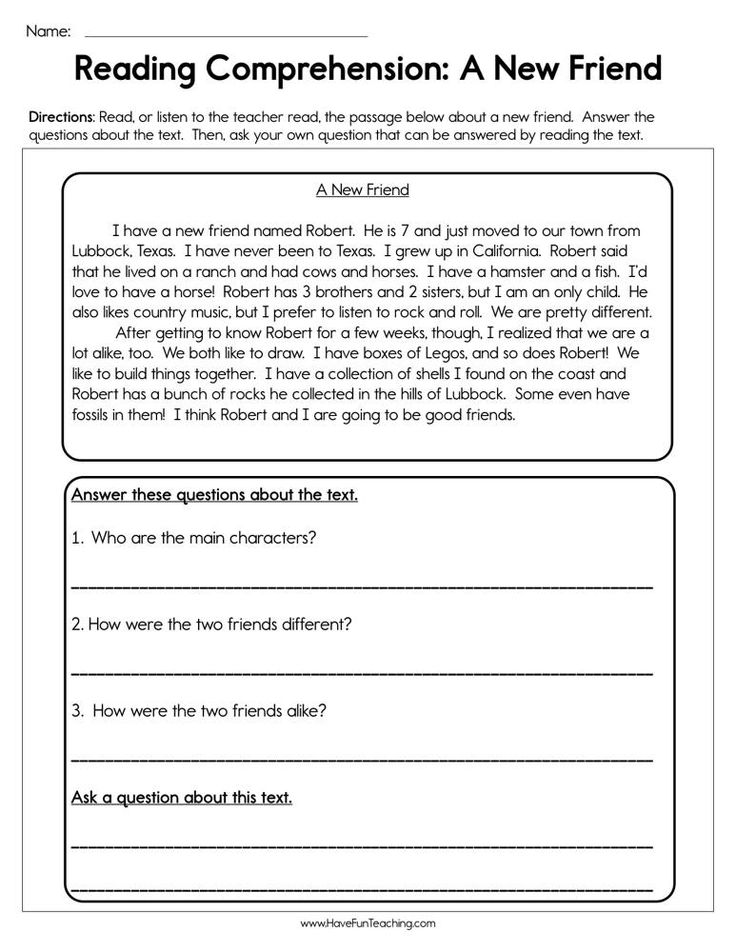 Tiffany used the course strategies to specifically target and increase sight word comprehension. Tiffany notes that APC is a strategy for students to practice musicality alongside an academic skill that would typically need to be memorized and has shown improved literacy skills in children.
Tiffany used the course strategies to specifically target and increase sight word comprehension. Tiffany notes that APC is a strategy for students to practice musicality alongside an academic skill that would typically need to be memorized and has shown improved literacy skills in children.
With the learning from her ProPay course, she started implementing singing into her lessons. After introducing new sight words, Tiffany uses various folksongs to provide her students an opportunity to practice the new words to help solidify their understanding. “Singing is now used to practice concepts that are usually memorized.”
With these strategies, “reading levels took off,” Tiffany said. By November, only 23 percent of students were below grade level. And now in April, “most students are at or above grade level. The only difference between this year and last year was the singing.”
She notes that the course “helped as a new teacher” and “helped me focus my data and use that information to target specific things for my students. ” Additionally, the course “aided in lesson planning.”
” Additionally, the course “aided in lesson planning.”
ProPay, and the singing course specifically, “lends itself to really being applicable to the classroom. If I could take it again, I would!”
*Now called the Rock ‘n’ Read Course
How to improve your ability to understand the text you read?
06.02.14
Strategies for autists, parents and teachers to overcome difficulties with reading
Source: Autism after 16
Many people can read, but after reading it is difficult for them to remember, about what they read. There may be several reasons for this. It is possible that a person puts so much effort into voicing words (out loud or to himself) that they lose their meaning. In other cases, the topic is so uninteresting that it is difficult to focus on the information in the text. Many children and adults with autism spectrum disorders have severe reading comprehension difficulties, even if they have no problems with reading as such.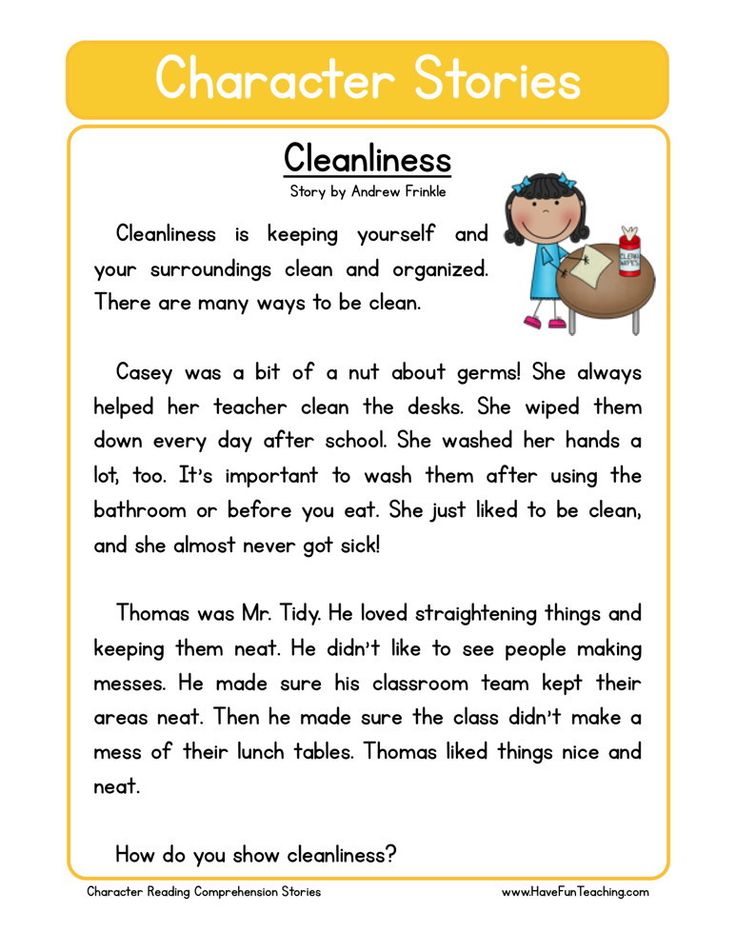 This can make it very difficult to study at school even for children without intellectual disabilities, especially in high school, when the requirements for reading and understanding large amounts of text increase significantly, and texts become more complex. The following are strategies for improving text comprehension that adults with autism spectrum disorders and parents and educators of children with ASD can use.
This can make it very difficult to study at school even for children without intellectual disabilities, especially in high school, when the requirements for reading and understanding large amounts of text increase significantly, and texts become more complex. The following are strategies for improving text comprehension that adults with autism spectrum disorders and parents and educators of children with ASD can use.
Metacognition - thinking about how we think - is the basis for improving understanding while reading. In other words, to improve text comprehension, we must consciously stop while reading and analyze our opinions, perceptions, and thoughts related to what we have read. For example:
Before reading
- Determine the purpose for the upcoming reading. Think in advance about what you should find in the text while reading.
Look at the title of the text and try to figure out what the text might be about.
Skim through the entire text without reading carefully, paying attention to headings and subheadings, bold words and illustrations. Think about what this text might be about.
Think about what this text might be about.
- Try to remember what you already know about the topic, the author, or this story.
While reading
- Reflect on what you have read after each paragraph or chapter.
Consider whether you agree with ideas, characters, or facts.
- If you do not understand the meaning of some sentences or paragraphs, write down what you do not understand.
- Write down unfamiliar words to find out their meaning after reading.
After reading
- Think about what you learned while reading.
— Write your own questions for the author.
Think about how what you read relates to your own life.
- Formulate a summary of what you have read.
- Review your notes and try to find answers to your questions through repeated reading, searching the Internet, or talking to another person.
Talk about what you read
Discussing what you read with another person provides another source of information instead of rereading the text.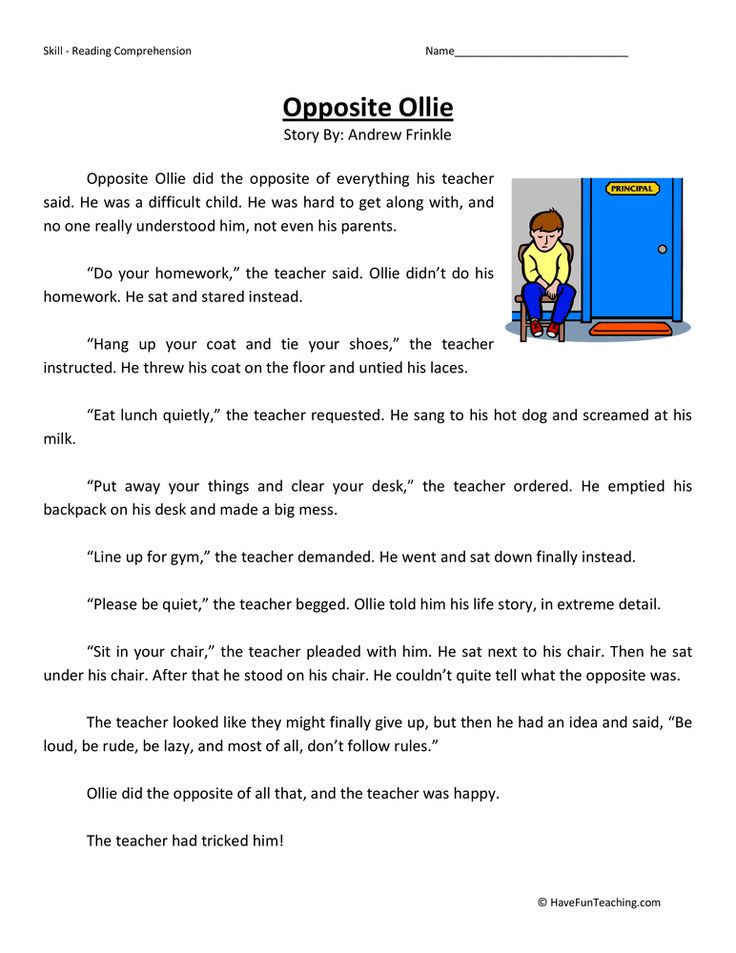 This is especially useful if you don't really enjoy reading. While talking about what you read, you will be able to ask questions that you have, this will allow you to learn more about the point of view of other people and will provide you with the opportunity to put into words what you have read, which will help you remember and understand the text better.
This is especially useful if you don't really enjoy reading. While talking about what you read, you will be able to ask questions that you have, this will allow you to learn more about the point of view of other people and will provide you with the opportunity to put into words what you have read, which will help you remember and understand the text better.
Practice reading as often as possible
The best way to improve reading comprehension is to read as much as possible. It doesn't matter what the person is reading. The more you read, the better your comprehension skills will be. Here the “Matthew effect” takes place, when “he who has will be given and will be multiplied, and what he has will be taken away from the one who does not have.” Students who enjoy reading read a lot and often, and their reading skills improve. Those who do not enjoy reading devote little time to it, as a result, their skills lag more and more behind their peers. That is why our first priority is to motivate children to read.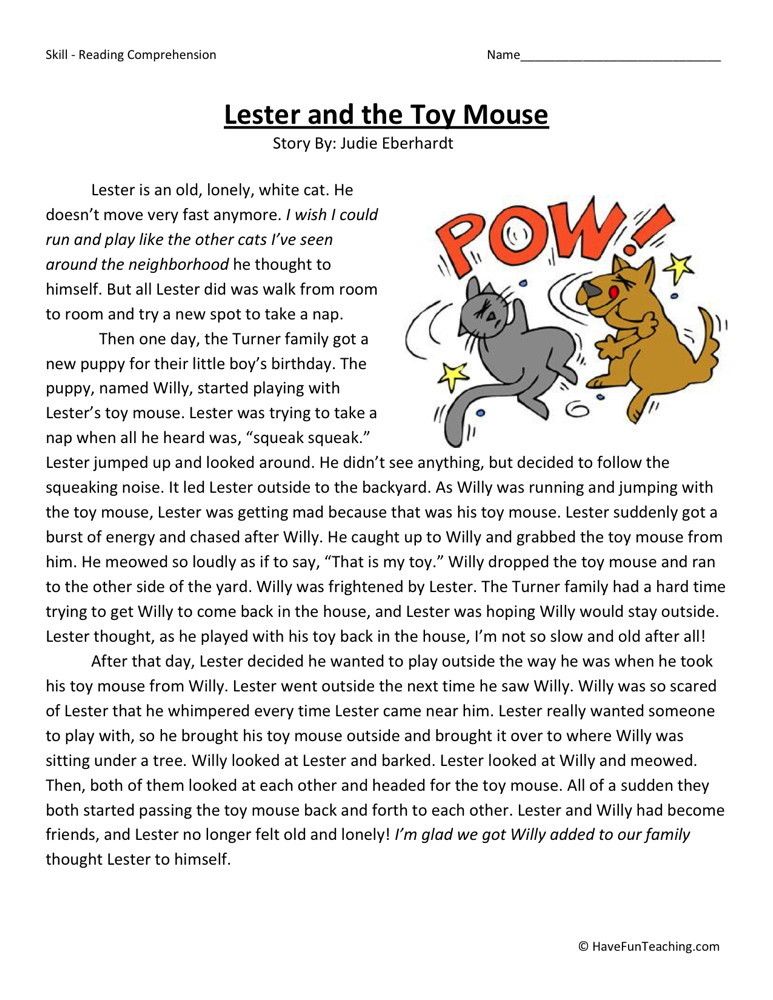 If they enjoy reading comics, sports articles, or online magazines, then encourage them to do so as often as possible.
If they enjoy reading comics, sports articles, or online magazines, then encourage them to do so as often as possible.
Take the children to the library as often as possible and let them look at any books they want. Do not try to force on children what you think they should read. We want them to read—as much as possible. And that's it. If they liked a book by a certain author, then find all the books by that author so they can pick something. If children are interested in a topic, then find them reading material according to their interest.
Reading Motivation
The first task for the unmotivated reader is to find reading material that is directly related to what interests him outside of reading. For example, if a child enjoys watching movies, they may enjoy reading movie reviews online or in movie magazines. You may think that this is not a "real" reading, but it is not at all the case. Many people believe that the only way to develop reading skills is with books.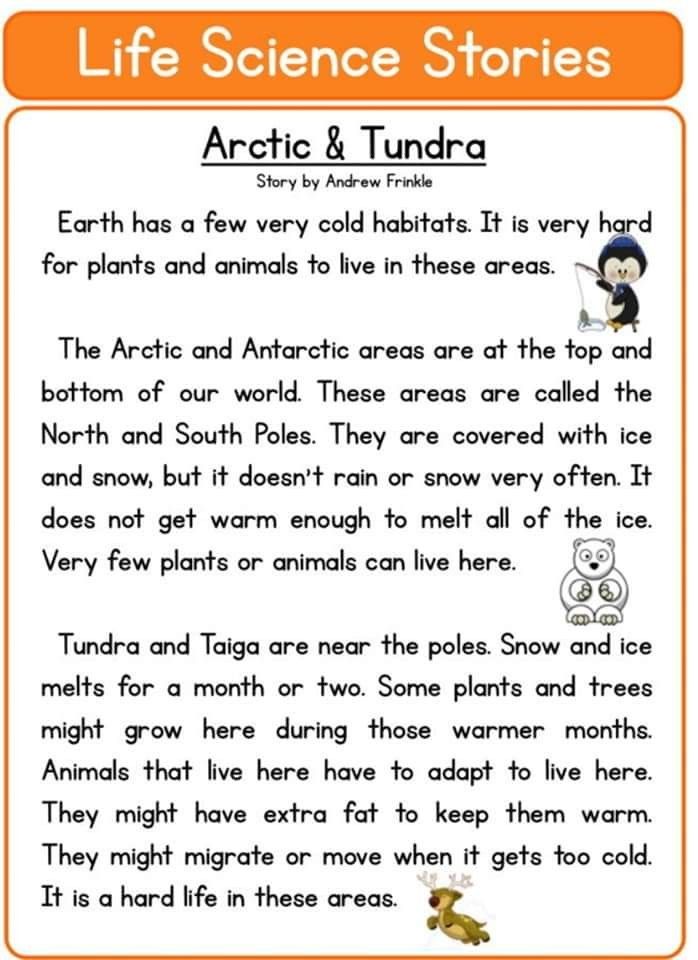 In fact, this is not necessary at all, especially in our age of the Internet.
In fact, this is not necessary at all, especially in our age of the Internet.
Also, if children read often about things they are interested in, it will help them become better readers in general, especially if they practice their reading comprehension skills at the same time. After the motivation to read begins to form, you can begin to practice reading less interesting materials. However, if the strategies to improve comprehension have already been practiced on interesting texts, it will be easier to use them while reading on boring topics.
Strategies to improve reading comprehension
Start with the strategies that seem most attractive and try them one at a time. Don't try to master every single strategy, sometimes less is more. In other words, it's best to master a few strategies to perfection, rather than practicing all the strategies without exception, which can make it unclear what to use right now. Strategies to improve reading comprehension include:
- Conversational reading: Ask questions, argue, clarify, summarize, and predict as you read.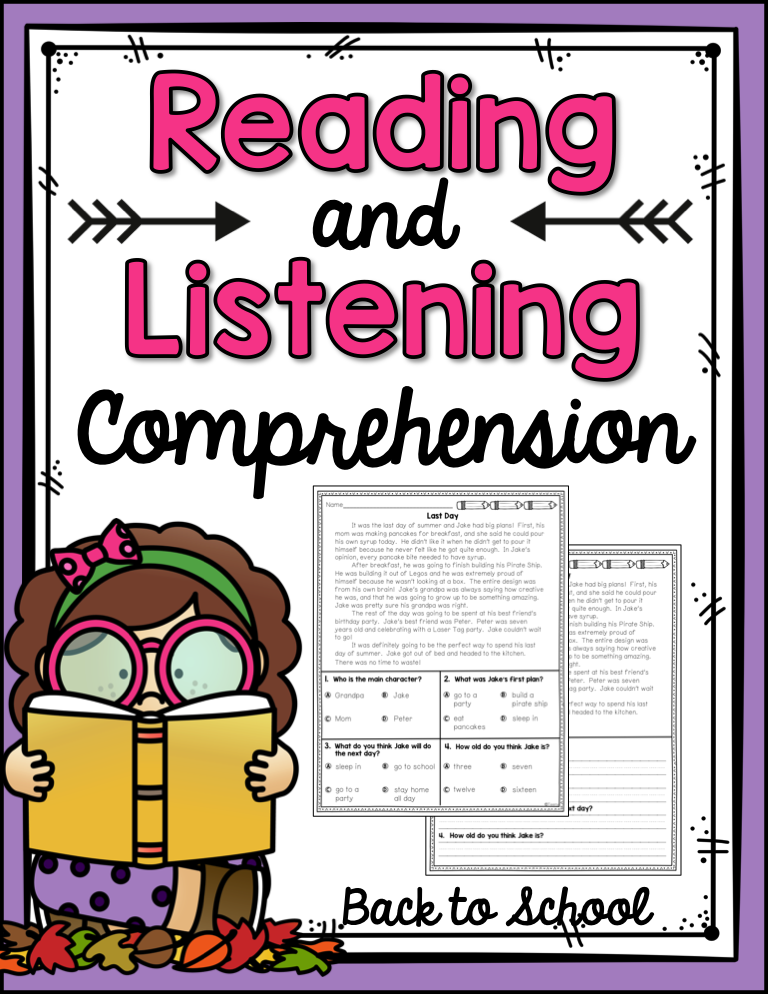
- Stickers: Use stickers to write down words you don't understand, or write exclamation points on them to mark sentences you like and question marks to mark phrases or paragraphs you don't understand.
- Pair reading: Reading aloud with another person one paragraph at a time. Discuss what you have read with each other after each paragraph.
- Thinking out loud: As you read aloud in pairs, voice any thoughts, questions, or misunderstandings that come to mind. For example, if a character or event reminded you of something, stop and talk about that personal association. This technique helps to remember what has been read in the future.
- Re-reading: Read the text again, trying to find answers to the questions that have arisen.
- Text connections: As you read, determine how this text relates to you, to other texts, and to the world in general. In connection with yourself, you need to think about how the read relates to you personally.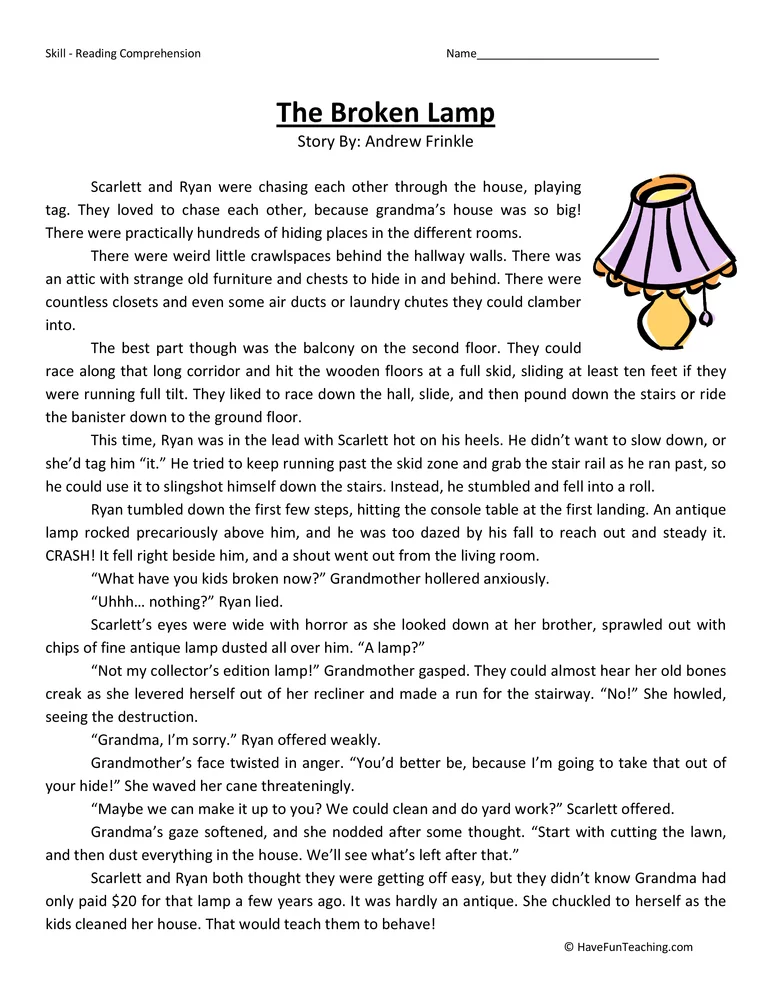 In World Links, you can link text to what you already know. Finally, in text links, you can link what you've read to what you've read about before.
In World Links, you can link text to what you already know. Finally, in text links, you can link what you've read to what you've read about before.
- The Three Bears Principle: When choosing a book from a library or bookstore, think about whether it is too simple or too complex. Too simple means that the reader will easily understand all the words or have already read this book many times. Too complex means that there are more than five unfamiliar words on one page or the meaning of the first page is not clear. If the book is just right, then this is a new book, where the reader may not know some of the words on the page, but in general understands what is at stake.
- Dividing the text into parts: Read only a few paragraphs or sentences at a time. Think about what you read using reading strategies before continuing.
- Visualization: While reading, always try to visualize how the characters and the scenes described look like.
- Blogs: Check if there is any blog or forum on the Internet where this topic or book is discussed online, read what other people think about it and try to write your own opinion.
- Journaling: As you read, write down your thoughts in a special journal.
- Graphic organization: Make a chart showing your understanding before, during and after reading.
Progressive Implementation Model
If you are a parent or educator, you can use the Progressive Implementation Model to help a student with autism develop strategies for reading comprehension. First, demonstrate to the student how you yourself read using this strategy. Then use this strategy together, under your guidance. Then ask the student to apply this strategy again (in a different situation) on their own.
Make sure you discuss reading with the student and whether the strategy is helping or not. You may need to model this strategy for the student many times, or practice it many times together until it becomes a natural part of the reading process and the student can apply it completely on his own.
Availability of books to read
If reading skills are too low, use books on topics that are interesting to the student, but with very low reading requirements. As a rule, they have a lot of illustrations and little text. It can be children's encyclopedias and reference books. They keep the reader motivated, their topics are age-appropriate, and the reading isn't too difficult.
You should also pay attention to the following books:
- Books with many photographs and illustrations, which will greatly facilitate understanding.
- Books with fairly large letters.
- Books with a small amount of text on one page so that the amount of text on the page does not cause stress.
- Books that have titles, subtitles, clear definitions of words in the glossary. These books are the easiest to understand.
Relationship between reading and writing
You may be wondering why it is so common to write things down while working on reading comprehension.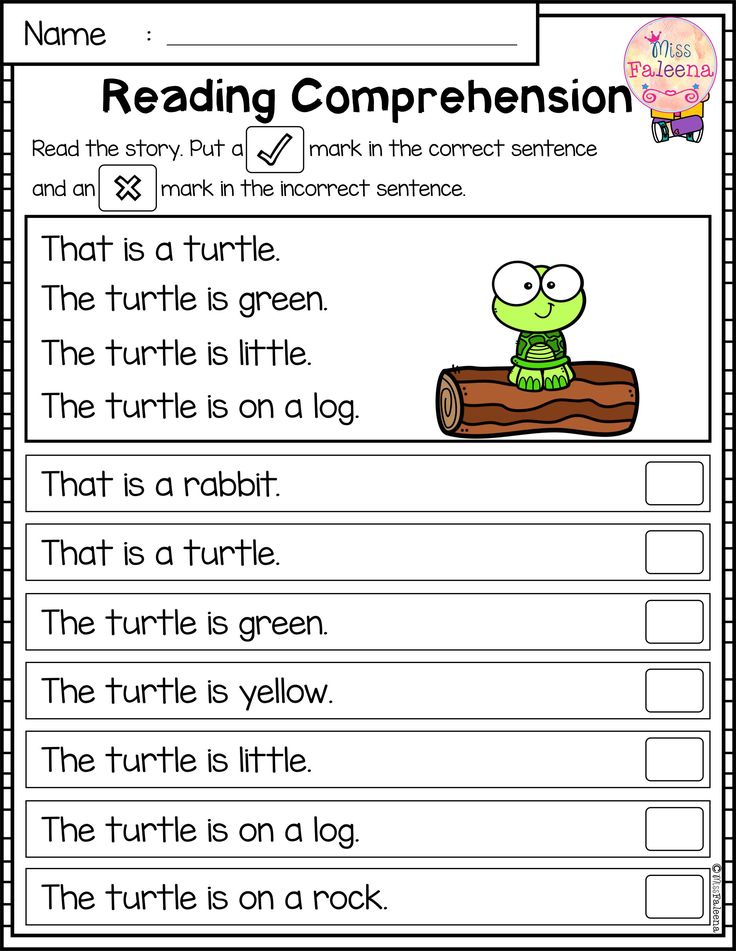 The reason is that this is another way to better understand and assimilate the material read. For example, if someone finds it difficult to speak verbally about what they have read, then keeping a diary, blogging, or graphing can help analyze what they read and update the information in memory, but without verbal dialogue.
The reason is that this is another way to better understand and assimilate the material read. For example, if someone finds it difficult to speak verbally about what they have read, then keeping a diary, blogging, or graphing can help analyze what they read and update the information in memory, but without verbal dialogue.
Closing Thoughts
The goal of all reading is to understand the text, so it is hoped that these strategies and ideas will enable you to improve your reading skills or help your child or student reach that goal. Remember that reading is a very complex individual process, and its development must be reflected in an individual educational program.
Autism in adults, Parenting children with autism, Education and training
We teach the child to understand the meaning of the text. Free exercises
Many children find it very difficult to make the transition from rote reading to conscious reading. One reason for this may be dyslexia, which makes it difficult for a child to focus on letters and link them into words.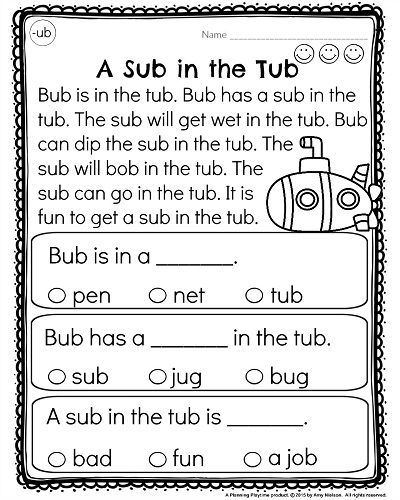 Therefore, reading for such children turns into torture. Read more about what this violation is and how to understand if your child has it, read here.
Therefore, reading for such children turns into torture. Read more about what this violation is and how to understand if your child has it, read here.
⠀
Another reason why it is difficult for a child to understand what they read is the speed of reading. A child who reads slowly usually forgets what he was reading when he reaches the end of a page or paragraph.
⠀
There can be several reasons for slow reading:
- weak concentration of attention;
- narrow field of vision, when it is difficult for a child to focus on a whole word, phrase or sentence;
- speaking the text aloud or to oneself;
- when reading, the eyes move in a chaotic manner.
⠀
We will look at a few simple exercises for preschoolers and schoolchildren that will help increase their reading speed.
Learning to read faster
1. Attention exercises
Set a timer and ask the child to name all the letters in alphabetical order starting with the letter A and going down the table.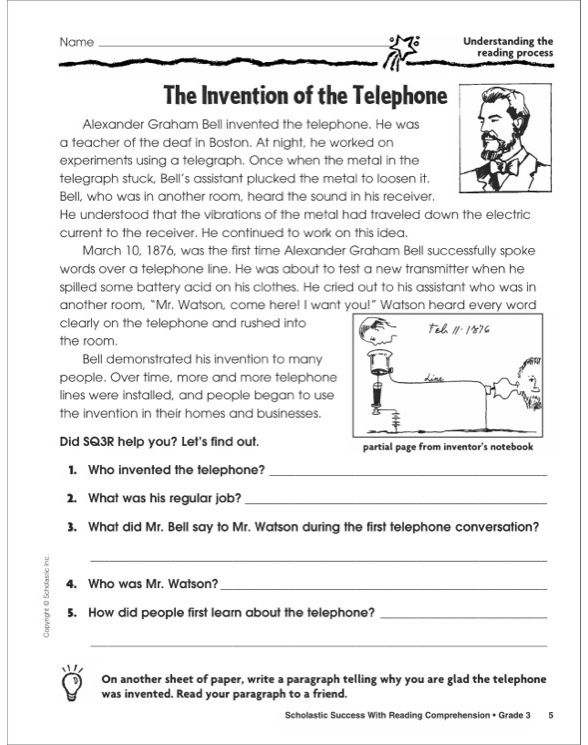
This exercise also focuses on concentration. Ask the child not to read the words, but in order to name the colors in which the words are written.
2. Getting rid of regression
In order for the child to read word by word, not to jump from one line to another with his eyes and to be as focused as possible while reading - give the following exercise 5 minutes a day and the result will not be long in coming.
It is necessary to sequentially name the letters, figures, numbers and words that are in the squares. Through this exercise, the child learns to move his eyes correctly and avoid regression.
⠀
The sooner you get it, the better.
3. At the same time we train concentration of attention and logic
Ask the child to correctly form words in sentences.
Study with your child for 15-20 minutes every day and after 2-3 weeks he will read faster. And if you have already tried, but nothing worked out for you or you simply do not have enough time to study, we offer you our Reading Simulator course.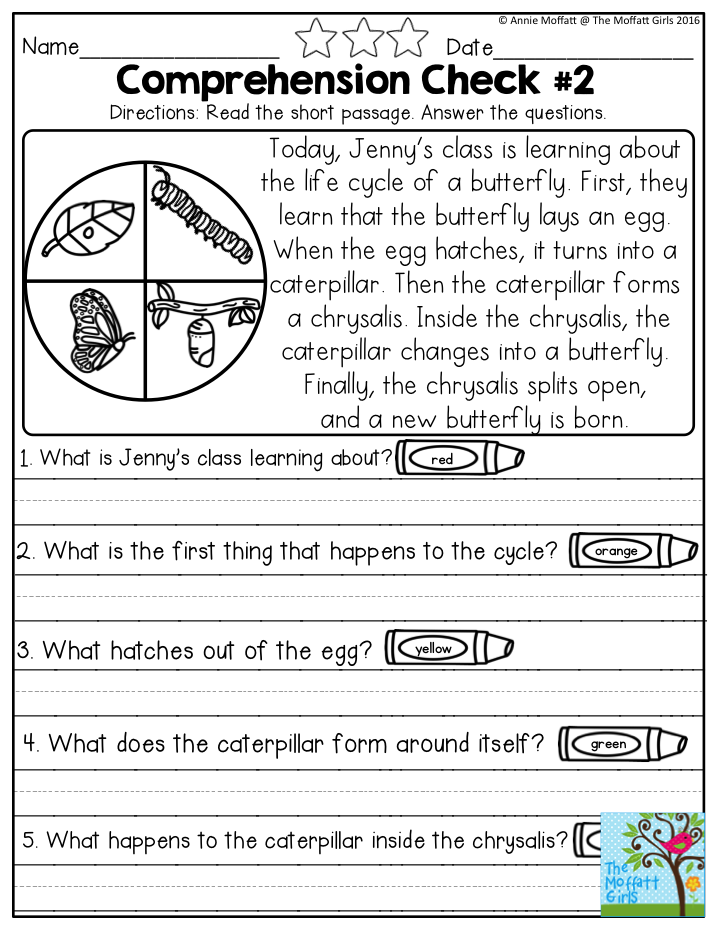
⠀
After training, your child will learn to read faster, will understand what they read and begin to read with interest, and will be able to write simple sentences in block letters. You can sign up for a trial lesson here.
⠀
Now let's move on to exercises aimed at conscious reading.
7 game exercises that will teach a child to understand what they read
For example, let's take a passage from a fairy tale and show all the exercises on it. You can also choose different passages from your child's favorite fairy tales for each exercise.
⠀
In order not to spoil the books and not to type the text, find the electronic version of the fairy tale, select any passage and print it out.
⠀
The text on which we will demonstrate our exercises will be taken from a children's book recommended by our student's mother Elena.
⠀
An excerpt from the book "Shmyak the Kitten" by Robin Scotton
1.
 Visualizing the text
Visualizing the text Pictures help to involve both hemispheres of the child's brain, making it easier for him to understand and remember the meaning of what he read. You can visualize the text using self-made mnemonic tables. Below is an example, and how to do them correctly, read here.
2. Making the text out of parts
Take the printed text and ask the child to read it once or twice. Then cut the text into paragraphs, shuffle it, and ask him to reconstruct the text by putting the pieces together in sequence.
3. Playing teacher
Take the printed text and invite the child to cross out the words in such a way that the main meaning is not lost.
4. We train logic and learn to analyze what we read
We invite you and your child to solve word logic problems. Remember the famous Soviet riddle “A, I, B were sitting on a pipe. A - fell, B - disappeared. Who stayed on the pipe? Answer - And remained on the pipe.
⠀
This is a very simple and interesting puzzle for preschoolers, which demonstrates to children the great possibilities of the Russian language.
⠀
Below are more examples of tasks for training.
We also recommend that you develop your child's logical thinking by using our simple ideas for creating games from objects that you have at home.
5. Analyzing the text with questions
A good way to help your child build a sense chain is to ask questions about the text:
⠀
- Who is the main character?
- What is happening to him?
- Why do you think this is happening to him? Why was he in this situation?
- What does this situation teach him?
- What would you do in this situation?
- Let's imagine what could have happened if he had acted differently?
⠀
Such questions will help the child to grasp the meaning, highlight the main idea and easily retell what they have read.
⠀
Let's sum it up!
⠀
A child's ability to work with text directly affects academic performance.